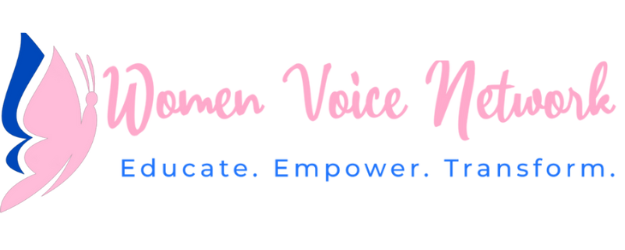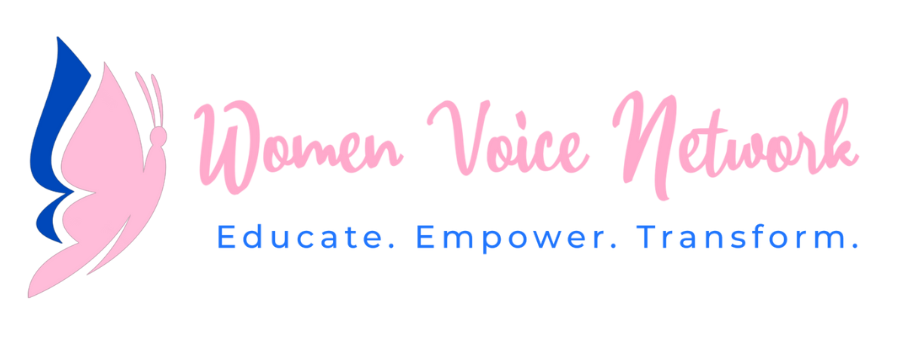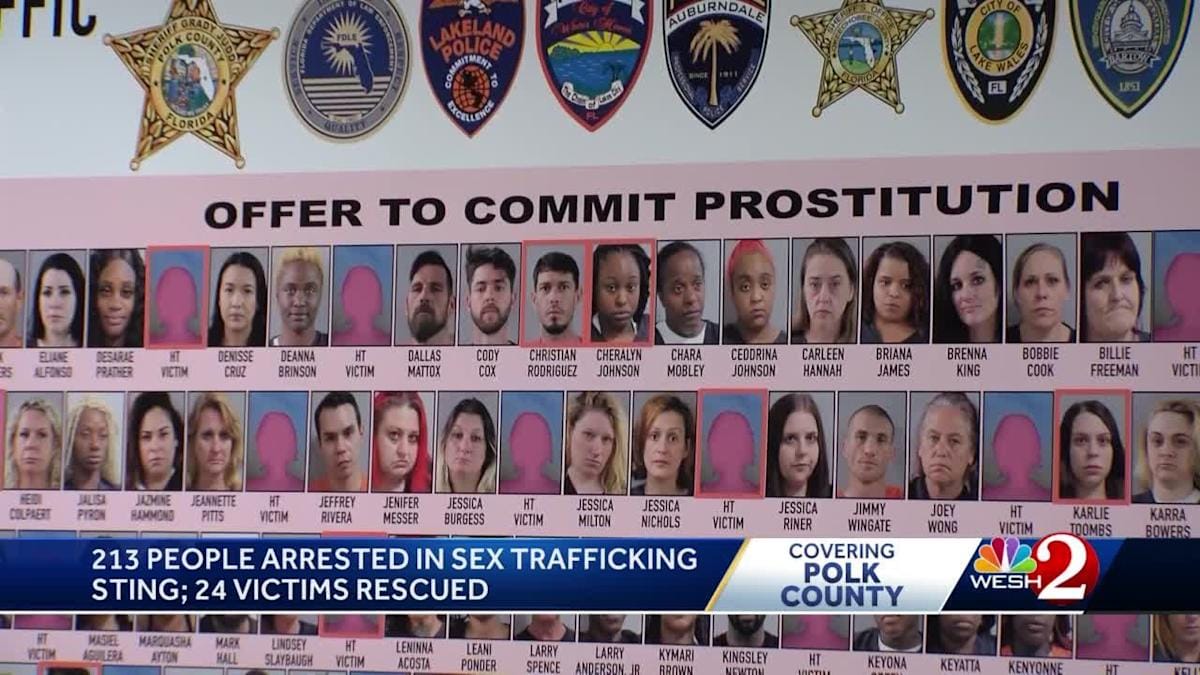246 Arrested in Florida Sting: 16 Child Predators Caught in 7-Day Human Trafficking & Exploitation Operation
Table of Contents
- Summary of the Operation
- Timeline, Scope & Agencies Involved
- Arrests, Charges & Key Statistics
- Child Predator Component
- Victim Identification & Support
- Why This Operation Matters
- The Bigger Picture: Human Trafficking in the U.S.
- Key Lessons & Policy Takeaways
- What You Can Do: Reporting & Resources
- FAQs
- Official Sources
Summary of the Operation
In a major week-long enforcement push, the Polk County Sheriff’s Office (PCSO) in Florida announced the arrest of
246 suspects in a coordinated human trafficking and child exploitation investigation. The effort—branded
“Fool Around and Find Out – Again”—targeted buyers, facilitators, and online predators simultaneously, while also embedding victim services on-site. Officials confirmed that
16 individuals were charged in the child predator component after traveling to meet minors or soliciting children online.
Source: PCSO, WFTV
:contentReference[oaicite:0]{index=0}
“Prostitution is not a victimless crime. Our aim is to hold offenders accountable, disrupt trafficking pipelines,
and connect potential victims with immediate support.”
PCSO / Press conference coverage :contentReference[oaicite:1]{index=1}
Timeline, Scope & Agencies Involved
The seven-day operation ran in mid-September 2025 and was led by PCSO with participation from multiple local police departments, state partners, and federal agencies.
Florida’s Department of Financial Services highlighted the effort, and news outlets livestreamed the briefing for the public record.
PCSO • Florida CFO • Local media :contentReference[oaicite:2]{index=2}
| Agency / Organization | Role in Operation |
|---|---|
| Polk County Sheriff’s Office | Lead investigative & arresting agency; media briefing |
| Local Police Departments | Undercover support, arrests, logistics coordination |
| State & Florida Officials | Policy coordination; highlighting online predator risks |
| Federal Partners | Cross-jurisdiction intelligence & support as needed |
| Victim Services Nonprofits | On-site screening, trauma-informed assistance |
Arrests, Charges & Key Statistics
Authorities reported a total of 246 arrests tied to prostitution-related offenses, trafficking facilitation,
and predator charges. Local coverage and state briefings note that among prostitution-related counts were
99 people accused of soliciting and 111 accused of offering to commit prostitution, with additional arrests for
aiding/transporting and profiting from prostitution.
WFTV • PCSO :contentReference[oaicite:3]{index=3}
Florida officials and multiple outlets also highlighted that a subset of arrestees were from outside the county, and several cases intersected with other criminal risk factors
(e.g., weapons, prior records). Public briefings emphasized that online solicitation played a central role in initiating many encounters.
PCSO • FOX 13 Tampa :contentReference[oaicite:4]{index=4}
focused predator interdiction reduces opportunities for abuse to take root—and increases the chance of identifying victims in real time.
Child Predator Component
The parallel child-predator arm focused on suspects who solicited or communicated with children online and then
traveled to meet what they believed were minors. In all, officials announced 16 predator cases during the briefing period, a figure echoed in regional coverage and station reports.
PCSO • WWSB :contentReference[oaicite:5]{index=5}
The public messaging underscored parental vigilance regarding social platforms and messaging apps, noting the scale of online enticement and the need for stronger reporting and data preservation by technology companies.
Florida Phoenix / Yahoo reprint :contentReference[oaicite:6]{index=6}
Victim Identification & Support
Operations of this type incorporate embedded victim services to help identify people who may be trafficked, coerced,
or otherwise exploited. As arrests are made, on-site advocates assess for indicators of trauma, coercion, or control and then connect individuals to safe housing, medical care, and legal support where appropriate.
Florida state materials and PCSO’s post-briefing communications emphasize this survivor-centered approach.
PCSO • Florida CFO :contentReference[oaicite:7]{index=7}
Note: Figures for potential victims can evolve as screening continues; initial public stats may be refined as cases move through the system.
Why This Operation Matters
1) Unified Tactics Increase Impact
Treating prostitution, trafficking facilitation, and child exploitation as interconnected problems enables proactive interdiction across the entire pipeline—from online solicitation to in-person rendezvous. By publicizing outcomes, agencies also strengthen general deterrence against repeat offenders.
PCSO briefing & regional coverage :contentReference[oaicite:8]{index=8}
2) Survivor Pathways—Not Just Arrest Numbers
Public safety gains are maximized when law enforcement teams include advocates who can immediately offer trauma-informed care and exit ramps. This not only helps potential victims but can also improve case outcomes by documenting coercion and control—key elements in trafficking prosecutions.
3) Online Harm Requires Online Enforcement
The child-predator component highlights the role of digital undercover work. Florida officials called out platform responsibilities and urged parents to stay vigilant about their children’s online interactions as predators increasingly use mainstream apps to groom targets.
Florida Phoenix / Yahoo reprint :contentReference[oaicite:9]{index=9}
The Bigger Picture: Human Trafficking in the U.S.
Human trafficking is a complex, networked crime that thrives on vulnerability—economic distress, unstable housing, prior abuse, addiction, or immigration uncertainty. Sex buyers and facilitators often rely on semi-public online marketplaces and messaging apps to transact quickly and anonymously. To counter this, agencies increasingly deploy cyber units, under-cover personas, and rapid-response field teams—precisely the model showcased in the Polk County operation.
While the week’s arrest totals are striking, sustained pressure and follow-through are necessary. That includes coordinated prosecutions, consistent victim services, and data-sharing between jurisdictions to prevent displacement into neighboring areas.
Technology policy is another pillar. Preserving evidence, improving age-verification tools, and strengthening reporting pipelines from platforms to law enforcement all affect how quickly predators can be identified and stopped. Florida officials reiterated these themes at the briefing.
Florida Phoenix / Yahoo reprint :contentReference[oaicite:10]{index=10}
Key Lessons & Policy Takeaways
- Holistic targeting works. Addressing buyers, facilitators, and predators together maximizes disruption.
- Victim services must be embedded. Screening at the point of contact increases identification and trust.
- Digital undercover capabilities are essential. Most leads originate online; units need tooling, training, and funding.
- Transparent reporting strengthens deterrence. Publicizing arrests and charges signals accountability.
- Cross-jurisdiction coordination prevents displacement. Data-sharing and joint task forces keep pressure consistent.
- Platform cooperation matters. Evidence preservation and rapid referrals from tech companies accelerate interventions. Briefing coverage :contentReference[oaicite:11]{index=11}
What You Can Do: Reporting & Resources
If you suspect trafficking or online child exploitation:
- Call 911 if someone is in immediate danger.
- Report suspected trafficking to the U.S. National Human Trafficking Hotline: 1-888-373-7888 (call), 233733 (text “HELP”).
- Report child sexual exploitation to CyberTipline (NCMEC): report.cybertip.org.
- Preserve evidence: do not delete messages or images; capture screenshots and note dates, usernames, and platform URLs.
- For parents & caregivers: review privacy settings, enable content filters, and talk openly with children about online boundaries.
FAQs
How many arrests were tied to prostitution vs. predators?
Regional coverage and official briefings indicate a majority of arrests were tied to prostitution-related offenses (including buyers and those offering to commit prostitution), alongside 16 predator cases announced during the same seven-day period.
WFTV • WWSB • PCSO :contentReference[oaicite:12]{index=12}
Did this involve people from outside Polk County?
Briefings and coverage noted participation from individuals traveling from outside the county and referenced additional risk factors discovered during screening and arrests.
PCSO • FOX 13 Tampa :contentReference[oaicite:13]{index=13}
What role did social media and online platforms play?
A significant portion of the child-predator component originated online. Florida officials used the briefing to press platforms on evidence preservation and to encourage parental vigilance.
Florida Phoenix / Yahoo reprint :contentReference[oaicite:14]{index=14}
Official Sources & Coverage
- Polk County Sheriff’s Office press page — operation recap and figures. :contentReference[oaicite:15]{index=15}
- WFTV 9 Orlando — briefing coverage & charge breakdown. :contentReference[oaicite:16]{index=16}
- Florida Department of Financial Services — statewide press release. :contentReference[oaicite:17]{index=17}
- FOX 13 Tampa Bay — news conference coverage and key stats. :contentReference[oaicite:18]{index=18}
- WWSB / My Suncoast — predator component (16 suspects) detail. :contentReference[oaicite:19]{index=19}
- ClickOrlando — “Fool Around and Find Out — Again” multi-agency investigation overview. :contentReference[oaicite:20]{index=20}
- Florida Phoenix / Yahoo reprint — commentary on online evidence & briefing highlights. :contentReference[oaicite:21]{index=21}
Dates referenced: briefings and articles published around September 18–19, 2025.


